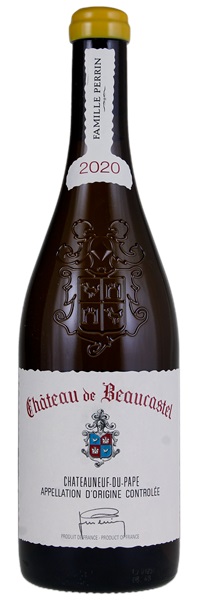Estimate

Beautifully rendered, with a pure display of white peach, Cavaillon melon and mirabelle plum flavors gilded with honeysuckle and acacia from start to finish. A pretty wet stone note gives the finish spine as the fruit and floral notes linger.
Honeyed pear and pineapple notes dominate the nose, while the palate is full-bodied rich and luscious, yet remains vibrant, refreshing and long on the finish.
This is ripe and fleshy, but in a refined way, the acidity at the finish supple, but it remains very clean and straight.
...rocking nose of apple blossom, melon, honeyed minerality, and spice as well as medium to full-bodied richness on the palate. It picks up a terrific green almond-like nuances with time in the glass, and it’s textured, balanced, and just another brilliant white from this team.
Ripe pears, spices. On the palate, nutty, creamy and embryonically complex. Soft and creamy, with a subtle but sufficient freshness on the finish and great length. The oak is subtle.